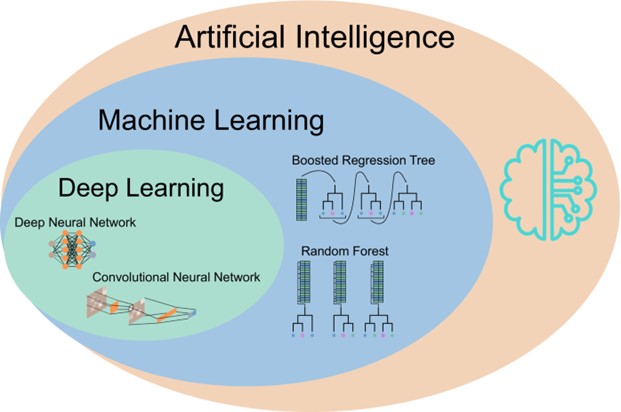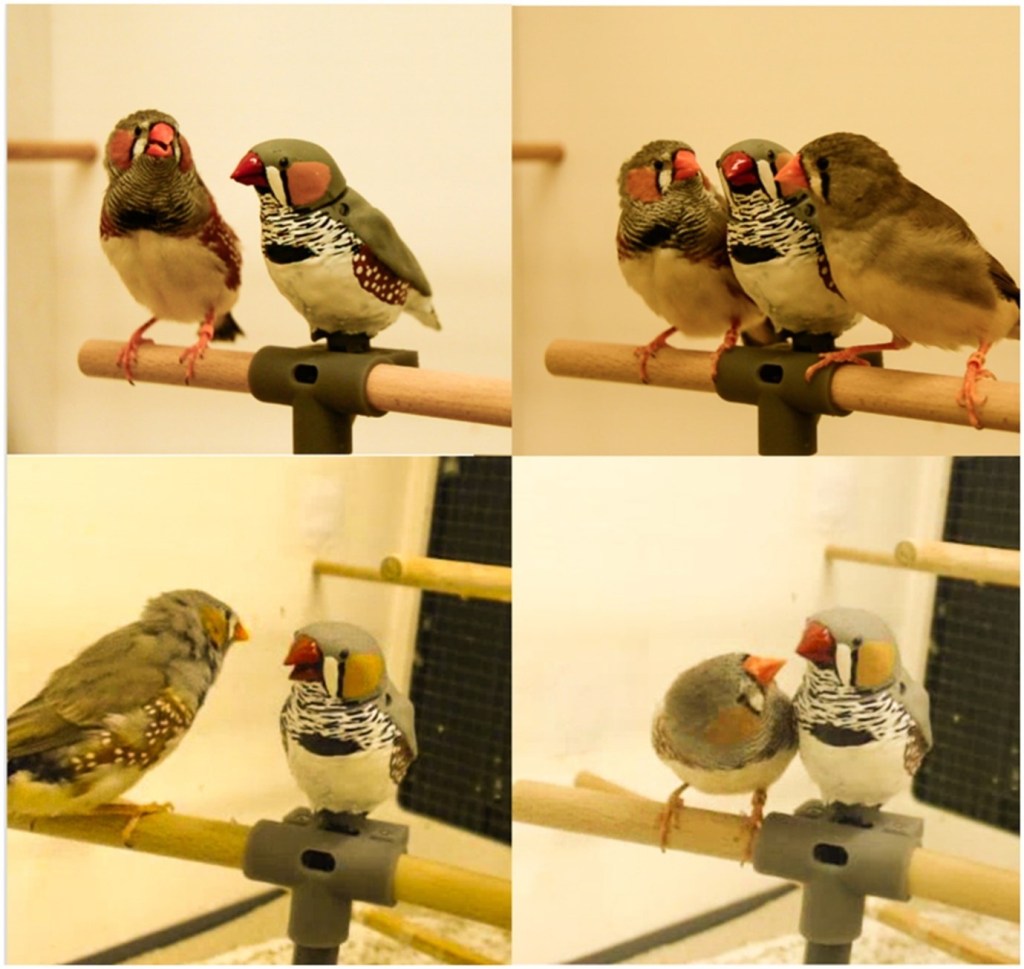Our April issue is now online now! This issue contains 11 articles about the latest methods in ecology and evolution including machine learning, mitochondrial gene extraction, robot birds and much more!
Featured Articles
The popularity of machine learning (ML), deep learning (DL) and artificial intelligence (AI) has risen sharply in recent years. This article provides a comprehensive overview of the field of ML and DL, summarizing its historical developments, existing algorithm families, differences to traditional statistical tools and why and when ML and DL models excel at prediction tasks, where they could offer alternatives to traditional statistical methods for inference, highlighting current and emerging applications for ecological problems.
This article describes an end-to-end system to acquire data at a high temporal resolution, transfer them to a server through an Internet of Things network using low-cost technologies, and make them available with dynamic graphical visualizations and download capabilities. This system can capture the microclimate in contrasting environments with accuracy comparable to commercial solutions, and great flexibility in data processing. It has the potential to be used by a broad audience of scientists interested in capturing environmental variables in real time and at a high temporal frequency.
Ecological variables may be expressed on four basic measurement scales (nominal, ordinal, interval or ratio), whereas circular variables and those combining a nominal state with other scale types are also common. Existing methods are not suited to calculate correlations between all pairwise combinations of such variables, preventing the application of standard multivariate techniques. The essence of the new approach is to derive a so-called difference semimatrix for all pairs of observations for each variable, and then to calculate the matrix correlation based on two such semimatrices.
Singing in birds is accompanied by beak, head and throat movements. The role of these visual cues has long been hypothesised to be an important facilitator in vocal communication, including social interactions and song acquisition, but has seen little experimental study. To address whether audio-visual cues are relevant for birdsong we used high-speed video recording, 3D scanning, 3D printing technology and colour-realistic painting to create RoboFinch, an open source adult-mimicking robot which matches temporal and chromatic properties of songbird vision.
The researcher on the cover
This month’s cover image shows a researcher tracking for an animal fitted with a radio collar as part of wildlife population monitoring. Such monitoring activities often involve observing the life histories of individual animals to determine key demographic indicators of a population, such as birth, death, and dispersal rates. In most wildlife studies, however, it is common for monitored animals to disappear under unexplained circumstances, making it difficult to draw reliable conclusions about death and dispersal. Have these missing individuals died or dispersed? Hodel et al. present a method that draws on information about known death and dispersal events to reconstruct the fate of missing individuals. Their approach offers the potential to reduce bias in mortality estimates, which is of fundamental importance for ecology, evolution, and conservation research. © Dominik Behr






